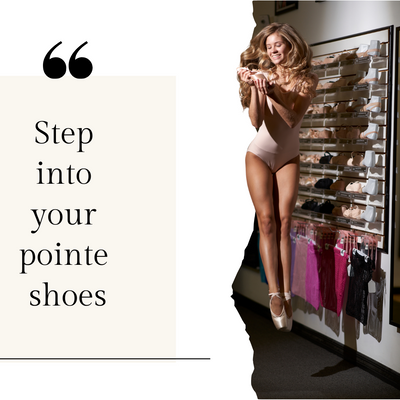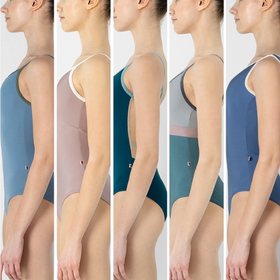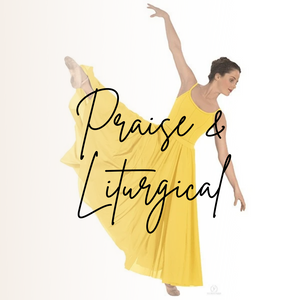Full Sole vs. Split Sole Ballet Shoes
Ballet shoes are an essential part of a dancer's attire, providing the necessary support and flexibility for intricate movements. Two variations of ballet shoes, the full sole and split sole, cater to different preferences and performance styles. In this blog post, we'll explore the differences between these two types of ballet shoes and discuss the reasons why a dancer might choose one over the other.
Full Soles

Full sole ballet shoes are great for beginners and characterized by a continuous sole that extends from the toe to the heel, providing a consistent surface for the entire foot. These shoes offer a higher level of support to the arch and provide a greater sense of stability to the dancer. Here are some reasons why a dancer might opt for full sole ballet shoes:
Support and Stability
Foot Development
Warmth and Comfort
So Danca's SD55/SD55C Full Sole Leather Ballet Shoe is a great option for beginners!
Split Soles

Split sole ballet shoes, on the other hand, have a sole that is divided into two sections, one for the ball of the foot and another for the heel. This design offers greater flexibility and allows for a more natural articulation of the foot. Here are reasons why a dancer might choose split sole ballet shoes:
Enhanced Flexibility
Foot Articulation
Sensitivity to the Floor
So Danca's SD16/SD16C is a popular choice among dancers preferring split sole shoes!
The Next Decision
Now that you've decided between full and split sole ballet shoes, you have to find your preference of leather or canvas! Read here for our tips.Conclusion

Choosing between full sole and split sole ballet shoes depends on the dancer's preferences, experience level, and dance style. Full sole shoes provide stability and support, making them ideal for beginners and foundational techniques. Split sole shoes offer flexibility and foot articulation, catering to expressive and fluid movement styles.
Both types of ballet shoes have merits. Dancers may alternate based on their needs and choreography. Finding the perfect fit is crucial for performance, comfort, and well-being.







